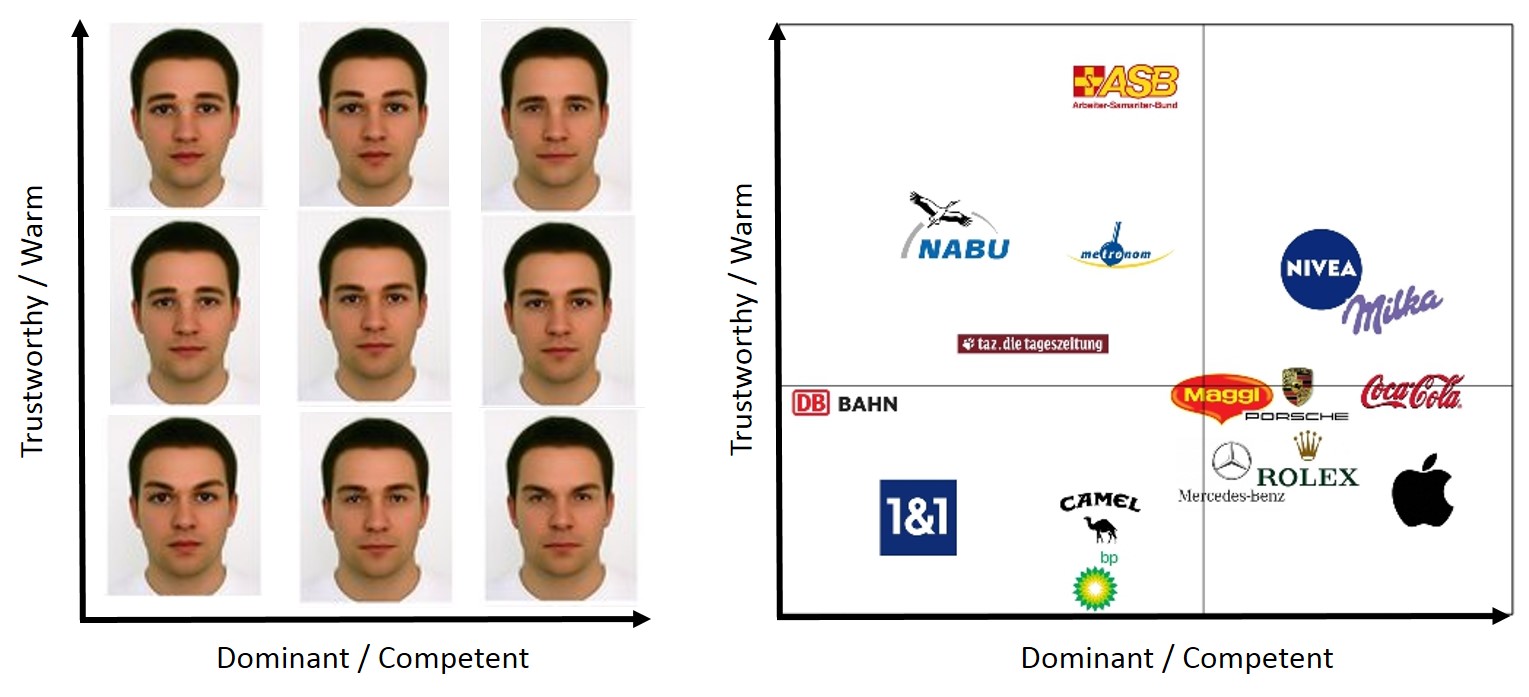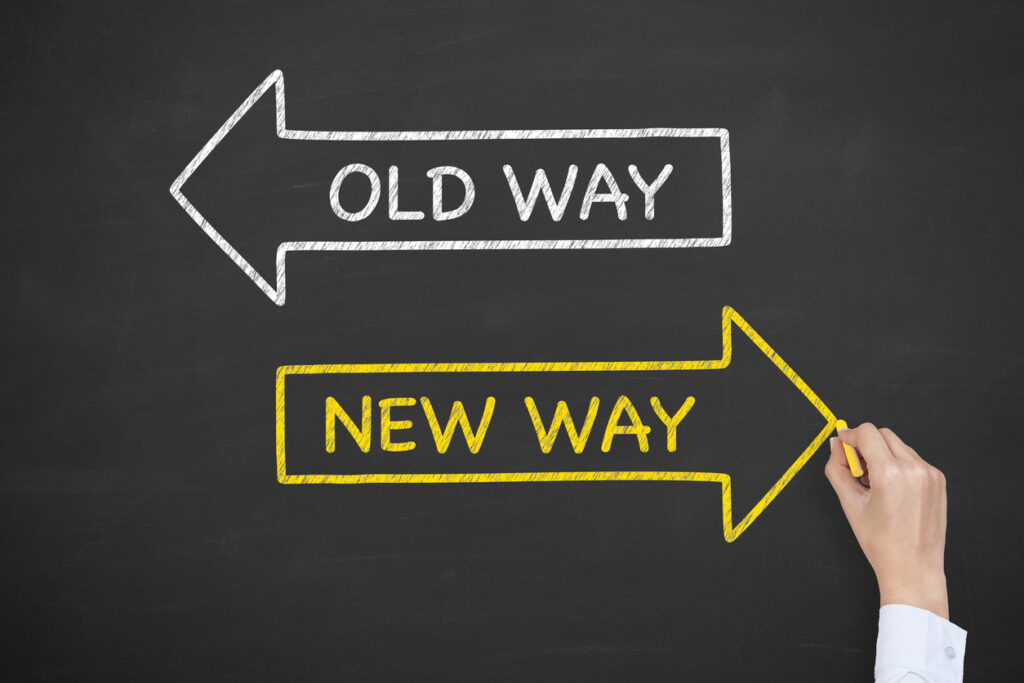The Surprising Truth About Faces, Logos & Loyalty

Photo illustration by Aurich Lawson, based on a photograph by Jekert Gwapo
Image Credit: ArsTechnica.com
As online shopping and trade proliferate, it seems clear that we are encountering live, human faces less and less frequently in commerce. Instead, we are greeted by the logos of faceless, digital monoliths like Amazon, Netflix and Google. At first glance, this seems to be a natural consequence of the increasingly wired world around us. But what if something essential to commercial success has been unwittingly lost in the steady migration of human to digital interactions? New research suggests that may be exactly what’s happening as our culture moves further into the digital age.
Humans are remarkably adept at studying, interpreting and recalling the faces and facial expressions of other humans. For our ancestors who lived thousands of years ago, the ability to recognize people, to correctly judge their intentions, and collaborate productively was crucial to their survival. It allowed our ancestors to rapidly distinguish friends from foes and building trusting relationships with others.
Through natural selection and evolution, faces became the focal point for all human interactions. Social psychologists have shown that basic perceptions of others intentions and abilities, largely detected through facial expressions, guide over 80% of human behavior toward others.
For most of human history, commerce between humans was conducted face to face. But as commerce and trade developed between early tribes and communities, it became necessary to identify and distinguish between possessions, products and services that lacked a human face. To facilitate this, merchants and tradesmen learned to apply a unique and distinctive mark to their wares, so they would stand out from those offered by others. These source marks evolved into the ubiquitous brand logos we find all around us today.
Despite the obvious visual differences between human faces and brand logos, a new study suggests they have more in common than meets the eye. Researchers at the University of Lueneburg in Germany recently published the findings of a study designed to evaluate how humans perceive and form opinions of both faces and brand logos. Their conclusion was that humans use the same psychological framework to process and judge brand logos as they do to evaluate the faces of the people around them.
To reach this finding, Dr. Rainer Hoeger and colleague Anne Lange had German test subjects evaluate 18 face variations and 16 well-known brand logos using established predictors of human loyalty and commitment, such as warmth, trustworthiness, competence and dominance.
The participants’ ratings of both faces and brand logos yielded a strikingly similar pattern of warmth and competence perceptions. The researchers concluded we assess brand logos using the same skill and trustworthiness criteria that guide all other loyalty and commitment toward others.
Warmth & Competence Perceptions of Faces & Brand Logos

Humans evaluate dynamic faces and static logos using the same warmth and competence criteria -
There’s a crucial difference between face and logo interactions, though. Human facial expressions change during the course of an interaction to telegraph crucial information about emotions and intentions. Brand logos, on the other hand, are static and unchanging. They lack the nuance and variation of a human face.
As a result, their ability to elicit trust and loyalty is impaired relative to that of an expressive human face. Perhaps this helps explain the steady decline in loyalty toward companies and brands over the past decade. This troubling finding was well documented recently by researchers at Northwestern University in the Journal of Brand Management.
Despite the scale, efficiency and ever-present availability of electronic commerce, it seems that something significant and crucial has been lost in the transition from human to digital interactions. While eCommerce, social networks and mobile devices continue to grow and change at a breakneck pace, the human psychology of trust and loyalty has remained unchanged despite thousands of years of evolution. That’s not likely to change anytime soon.
We remain heavily dependent on the dynamic facial expressions, the tone of voice and body language that have shaped human interactions for eons. The challenge is to find a balance between human and digital commerce that delivers the best of both worlds.
Key Insight:
A growing body of evidence indicates that people were the first brands and faces the first logos. Therefore, all the branded trade and commerce that humans have engaged in over the past several thousand years has simply been an adaptation of the way we were wired by evolution to perceive, interact and form relationships with one another. This makes clear that digital technology is best used to support and enable human interactions, rather than replace them entirely.
Ideas to Consider:
- Don’t Overuse Your Logo: One of the most common and misguided practices in business is the overuse and reliance on company and brand logos. Potential customers certainly need to know you exist to buy from you, but a logo alone does very little to encourage purchase or loyalty. Logos should be used only to identify the communicator, they are not the communication itself.
- Come Out From Behind the Screen: Our first instinct as humans is to assess the intentions and abilities of the people and organizations we encounter, both in person and in cyberspace. Make it easier for your online visitors to figure out who you are and what you care about by bringing the people in your organization to the forefront of your digital presence.
- Preserve Human Interactions: Automating most interactions with customers through digital technology may sound like a great way to reduce costs, but the resulting loss of trust and loyalty will far outweigh the savings. Instead, use technology to automate mundane, low value tasks and free up time for your staff to have more personalized, meaningful and memorable interactions with customers.



















This is very interesting, other authors argue that people themselves should become their own brand (From Cattle and Coke to Charlie: Meeting the Challenge of Self Marketing and Personal Branding: http://www.tandfonline.com/doi/abs/10.1362/0267257054307381) how does that argument fit into your reasoning ? Is it all part of a loop going from brand to people and people to brand ?
Thanks for your comment, Nico! I continue to believe that all brands are essentially rooted in the psychology of human interaction. In some cases, individuals achieve large scale visibility and a notable reputation, while in other cases it is groups of people that together achieve this status (companies, social groups, etc). In either case, I believe the basic psychology of perception, trust and loyalty remain the same. It is our notion of “brand” itself that is a more recent and artificial creation. I believe it’s a term that was coined to describe an attachment that we did not fully understand at the time. As a result, we are now having to revise and adjust its definition.